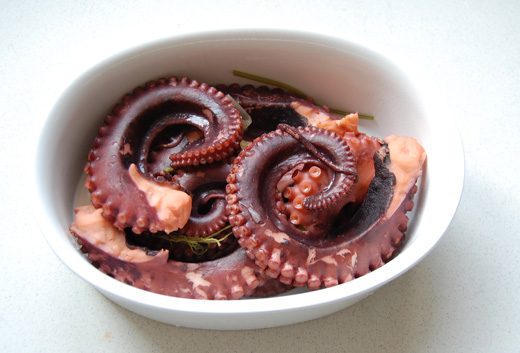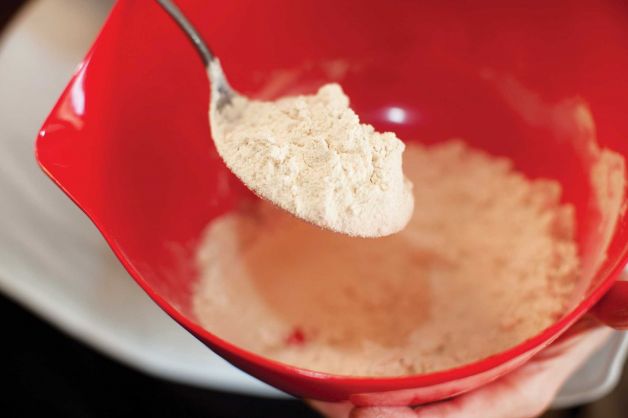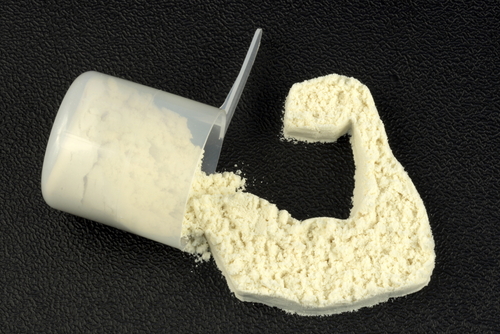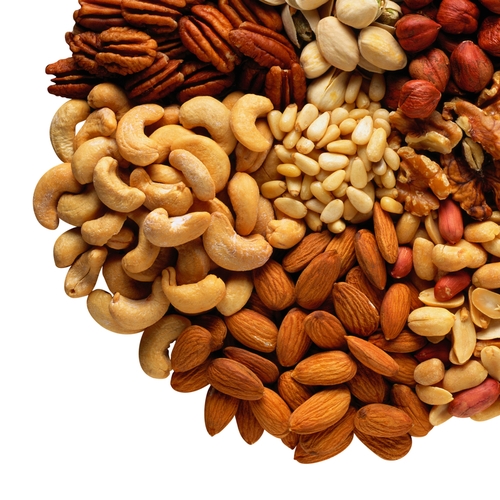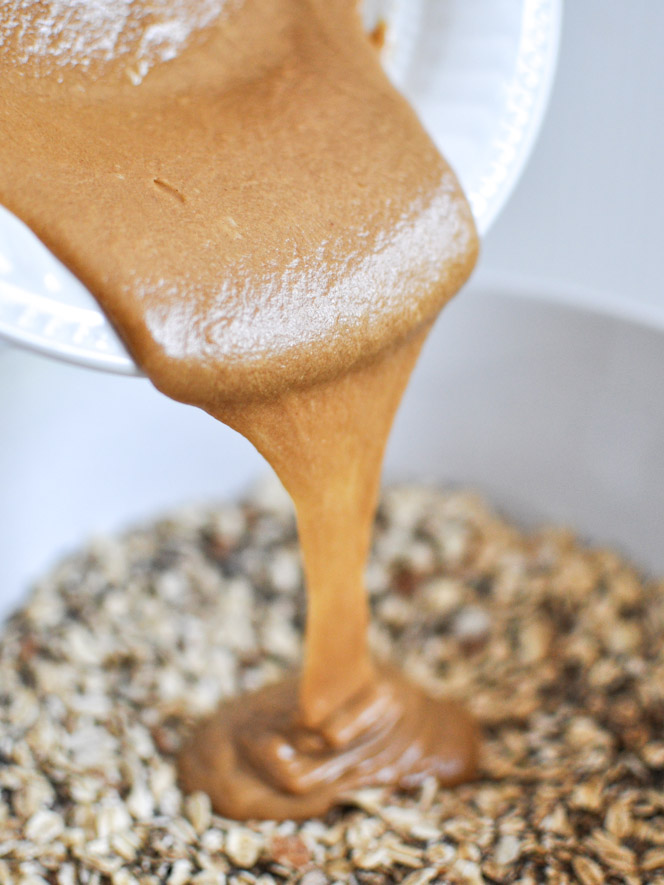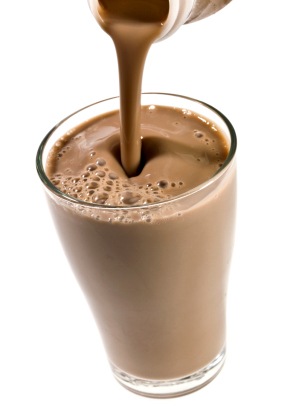 If you’ve ever visited a supplement store like GNC, you’ve likely seen dozens of protein products promising incredible results. But beyond the marketing hype, are these products really any better than high protein foods like fish or chicken?
If you’ve ever visited a supplement store like GNC, you’ve likely seen dozens of protein products promising incredible results. But beyond the marketing hype, are these products really any better than high protein foods like fish or chicken?
It depends what you mean by better. In reality, there are advantages to both protein sources.
So let’s break things down.
Advantages of Protein Supplements:
- Higher Biological Value (BV). BV measures how much protein is absorbed from a food and incorporated into the body, and is therefore often used to determine protein quality. Though this measure of protein usability has its limitations, there’s no doubt that protein supplements have higher BV scores than food. High BV products include:
- Whey protein: 96+ BV
- Chicken egg: 94 BV
- Cow milk: 90 BV
- Rice: 83 BV
- Chicken: 79 BV
- Fish: 76 BV
- Convenience. I think the most compelling case for protein supplementation is that they’re super convenient. You can pack protein powder in your gym bag; you can’t do that with a chicken dinner. If you’re on the go or don’t have time to sit for a meal, protein supplements are a great option.
- Easy to track. Whatever your daily protein target, supplements take out the guesswork. The protein supplement will indicate the grams of protein per scoop - so you’ll know exactly what you’re eating. Calculating protein in foods like fish, chicken or turkey can be much trickier.
- Easier to hit your target. If you’re a serious gym enthusiast and looking to pack on some serious muscle, your target protein intake could be beyond 150 grams per day. For a lot of people, consuming that amount of protein through a traditional diet is unrealistic - and may result in overeating. With protein supplementation, it’s much easier.
Advantages of Protein Foods
- Gastrointestinal issues. Though there are numerous protein supplement options, many people experience bloating or cramps from protein supplementation. Whey protein, for example, is derived from milk. For individuals with lactose sensitivities, this can be an issue. With high protein foods, you won’t have these concerns.
- Satiety. A protein shake probably won’t fill you up. But a fish dinner probably will. Relying on natural protein sources through food can help keep you full longer and curb cravings.
- Avoid crappy supplements. Let’s face it: Not all protein supplements are created equal - and there are a whole slew of products with added fillers and unhealthy ingredients. Many of the protein bars are really just glorified candy bars with chocolate, added sugar and unhealthy fats. By sticking with protein foods, you can avoid all of that.
So what’s the bottom line? Are protein supplements required for muscle growth? Absolutely not. You can certainly fuel your fitness goal through a diet of whole, real foods rather than supplements. Having said that, supplements are certainly convenient - and may be a more realistic option for the rest of us.
P.S. To learn the tricks for packing on some lean mass, download Size Matters: Davey Wavey’s Foolproof Guide to Building Muscle.







